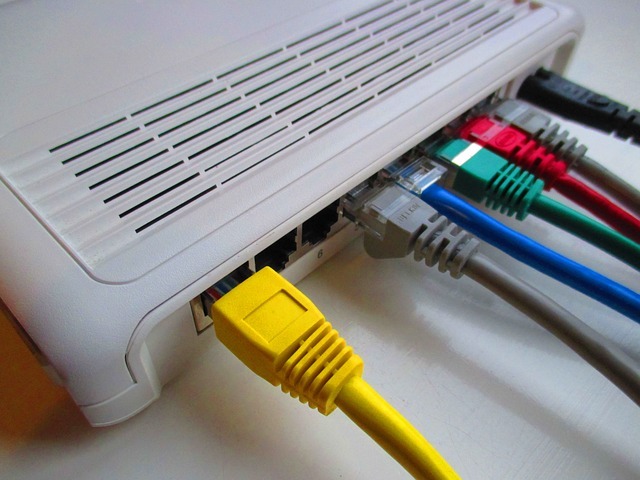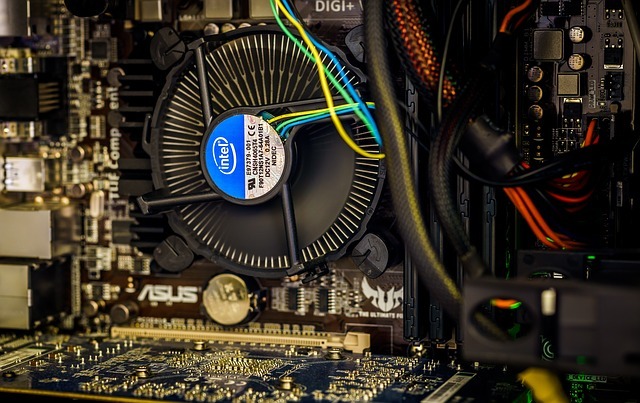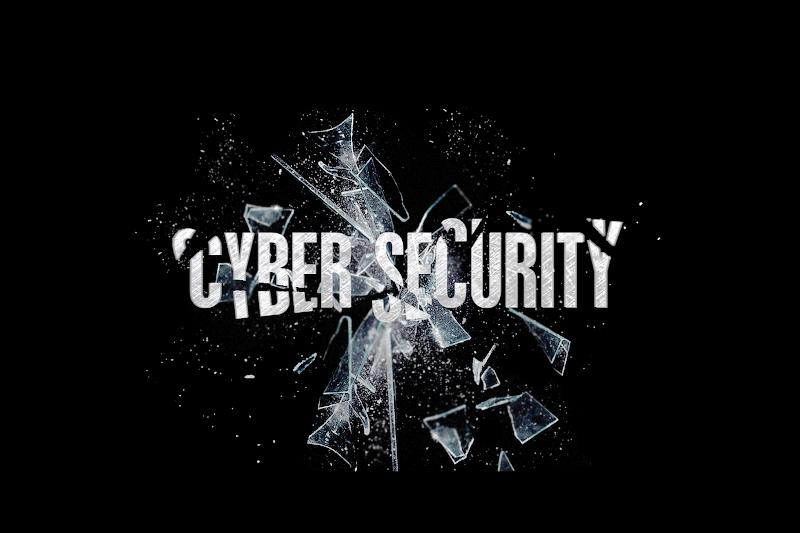February and March 2020 will be remembered as closing months in most of the country’s education systems. Schools from the United States are also not spared from the global lockdown. World bank has noted “the COVID-19 pandemic is causing more than 1.6 billion children and youth to be out of school in 161 countries. This is close to 80% of the world’s enrolled students.” Each crisis comes with deep challenges and opportunities for transformation. Past education crises have shown that it is not only possible to rebuild but to make it better.
Challenges
- Distance Learning
We have been following the traditional in-person learning method. However, the global crises have made most of the educators and students to switch to distance learning. Many people got disturbed and have faced challenges since this method of delivering education was not previously available.
- Challenges to Educators
Some teachers are less comfortable educating students online. Some other educators believe that virtual learning is not an efficient method to build creativity in students. A white screen with a camera may not be an efficient way to understand how a student feels. Teachers may not have any hold on students when they are not meeting in-person.
- Challenges to Students
Students feel more attached to in-person classes for knowledge gaining methods. Together, all students make a studious atmosphere which might be a challenge at home. By seeing other students working hard, some students get inspired to work harder. They might not get focused due to the lack of silent space and resources at home, like tutors, labs, and libraries.
- Challenges to children with special need
There are some children whose educational needs are different. For example, some students have issues with eyesight, and they need help to read and write using braille script, which technology might not be able to justify.
- Lack of Technological resources
Some many parents and schools cannot afford to have basic technologies like an internet connection, a laptop, or a notepad to work remotely.
- Lack of experience with Educational technology software
Not everyone is familiar with how to use e-learning software, like the faculties who take practical classes might not be familiar with a simple task like uploading presentations or tests, checking assignments, etc. Students might face problems such as navigating through different software.
Opportunities:
- E-Learning introduced
Many school systems are turning to technology as an alternative to in-school instruction. Classes have gone online, while many educators talk of reimagining education in ways that will shift it from a classroom- and teacher-centered model. This model can lead the traditional education system to the next level.
- Safer and Comfortable Environment for Students
In epidemic situations, the E-learning makes a safer environment for students, and faculties as social distancing is maintained. Also, it facilitates students to have continuous learning and allows educators to work from home in their comfort zone. Additionally, Students can revisit recorded lectures which give them the freedom to learn difficult concepts without missing points.
- Tech-savvy students
Students will become technology aware at a young age which will increase curiosity in them to innovate and be creative. Students can use their access time to learn and develop new skills.
Conclusion:
Every change seems difficult initially, but we get used to it as time passes.
- Technological Awareness
As we know both students and educators are going to use the technologies more and more. We must conduct awareness training that can give them comfort working with new gadgets and applications. This can help to achieve the productivity with convenience.
- Cyber Security Awareness
As we have seen many security loopholes in remote meeting software recently. Security becomes a priority especially with the younger students, senior faculty teachers and faculty. Continuous security awareness training for students and educators is the key.
- Efficient Infrastructure
The school will have to get equipped with technologies like high-speed internet, next-generation firewall, cloud-based resources like virtual computers, software platforms, learning applications, computer security software, VPN technology, and other remote connection software. With all these, schools will be able to run education programs effectively. Also, some basic facilities like a notepad with learning applications and the internet can be provided to the students by schools. Initially, it might be costlier, but it can make a huge difference in the long run.




































